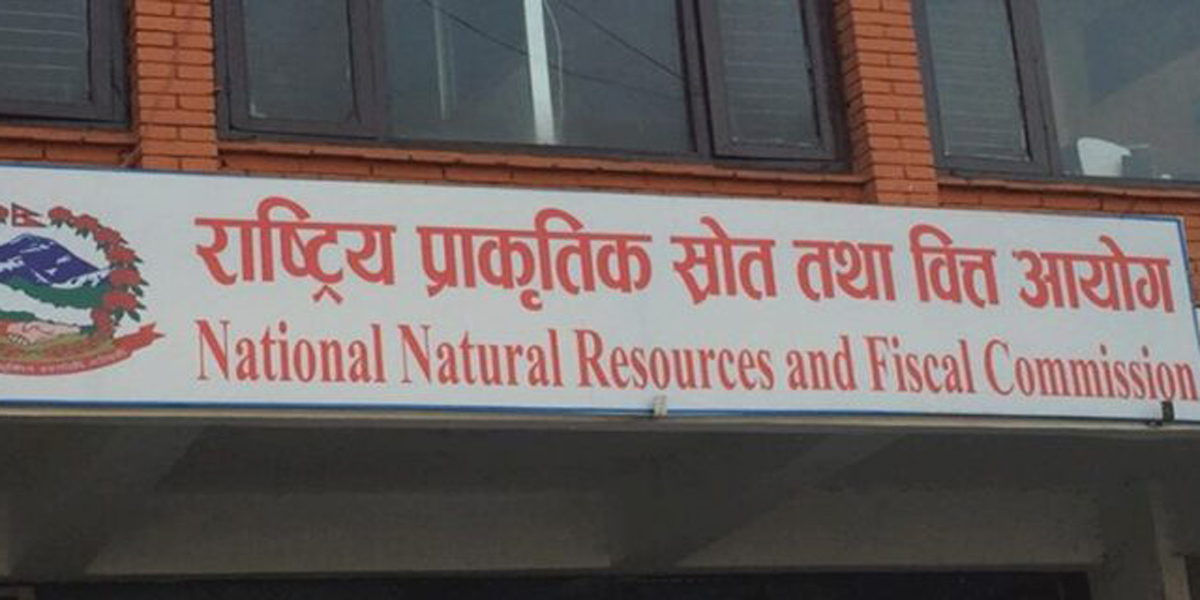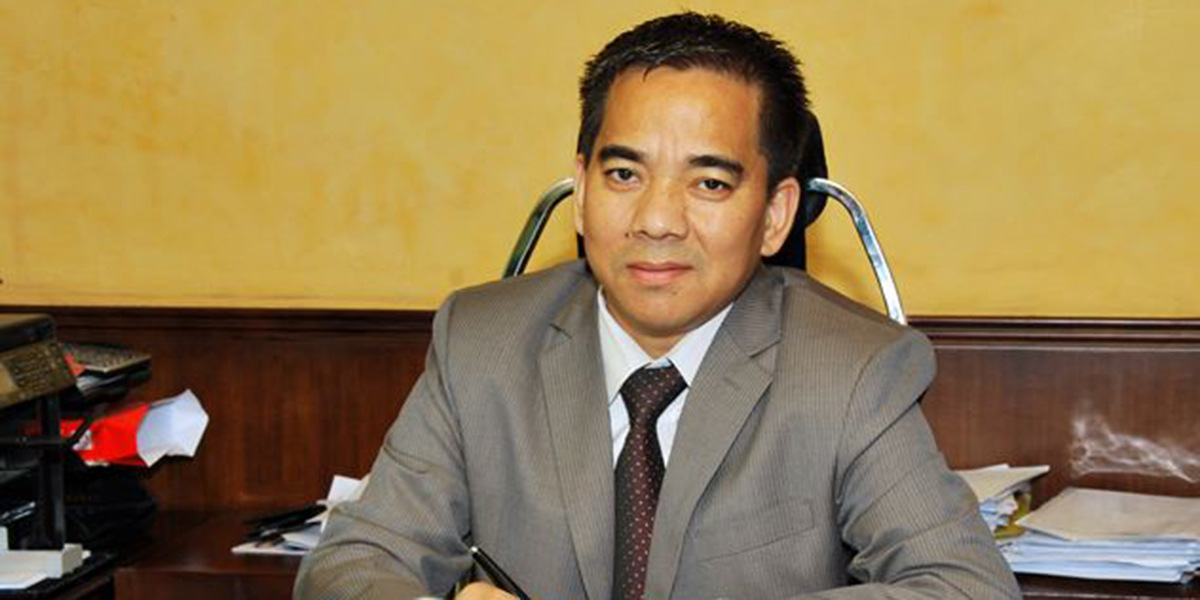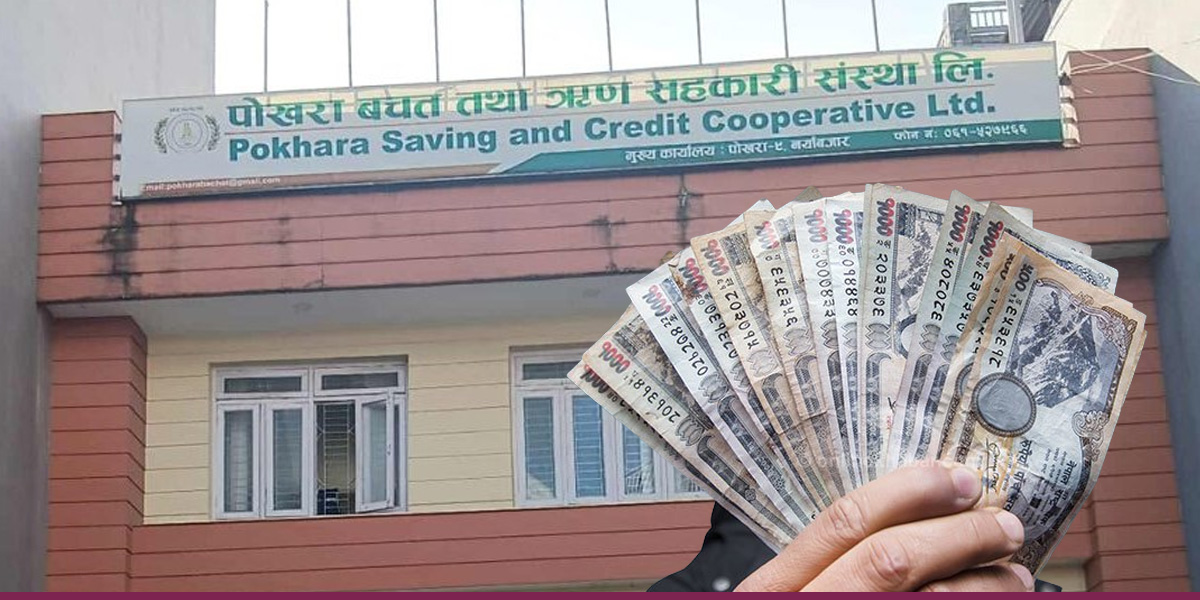
KATHMANDU: The National Natural Resources and Fiscal Commission has recommended internal borrowing limits for the three tiers of government for the upcoming fiscal year.
According to the commission, the federal government can borrow up to 5% of the country’s GDP from domestic sources. Likewise, provincial and local governments can borrow up to 12% of their total revenue, including internal sources and fiscal transfers.
The commission has also said that internal borrowing should be based on economic conditions, revenue-expenditure estimates and market feasibility. According to the commission, the borrowed funds should be invested solely in capital-generating projects, such as those aligned with national policies, offering suitable internal rates of return or net present value. Such funds can be invested in national pride initiatives and transformative and top-priority projects under the medium-term expenditure framework.
Provincial and local governments, however, are required to follow legal procedures to make internal borrowing.
In the past, provincial governments would bring deficit budgets and show internal debt as a resource without getting approval of the federal government. However, the commission has now said that provincial governments can show internal debt as a source of resource only after completing the necessary procedures.
“Provincial governments may raise a maximum of 12% of the combined total of revenue received from the federal government as part of revenue sharing and revenue generated from the province’s own internal sources in 2025/26 as internal debt, provided that structural and procedural arrangements for internal borrowing are in place,” the commission said in its recommendation to the government.
Local governments can also make internal borrowing of up to 12% of their total revenue from federal and provincial transfers and internal sources following the same guidelines.

 Himal Press
Himal Press 















